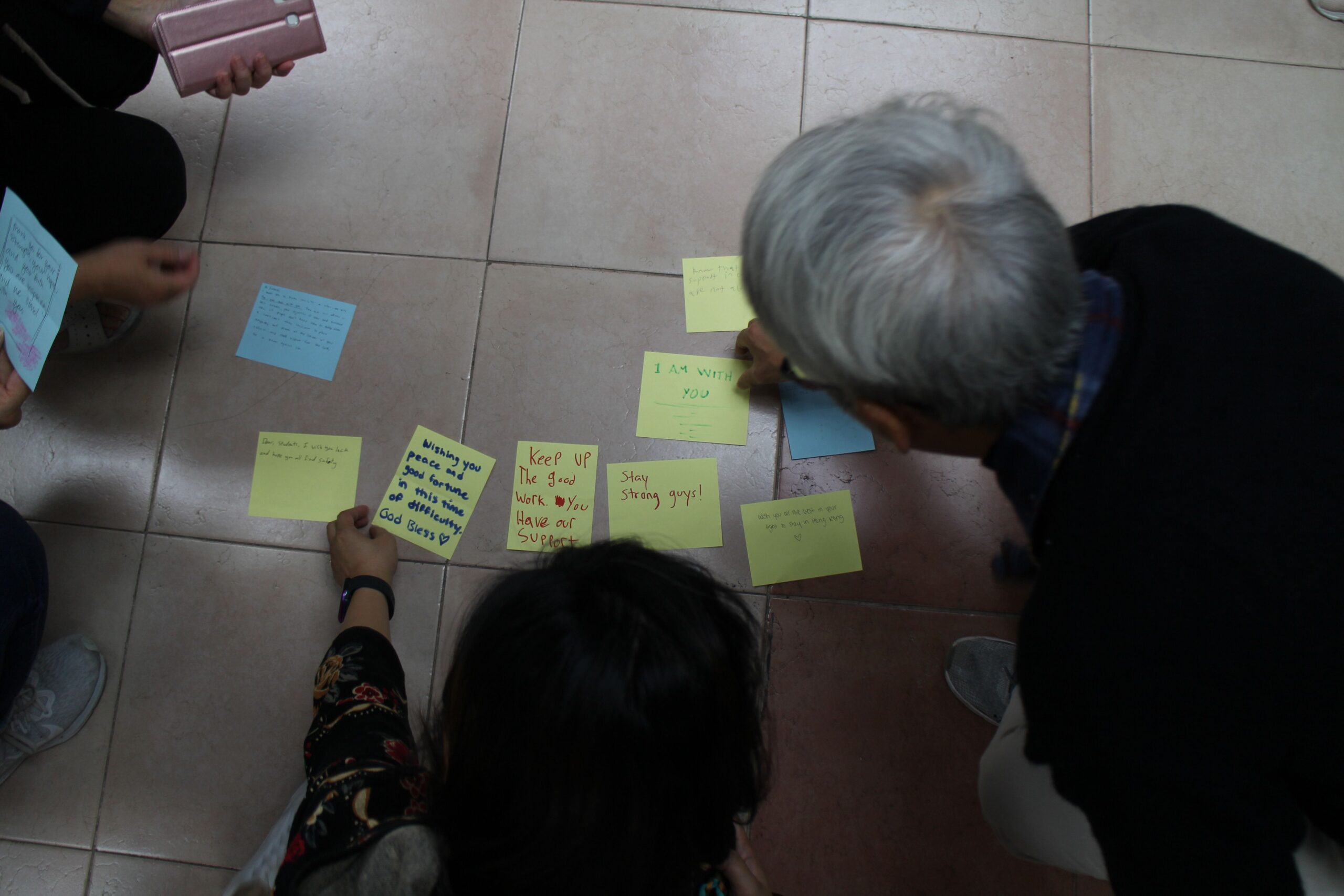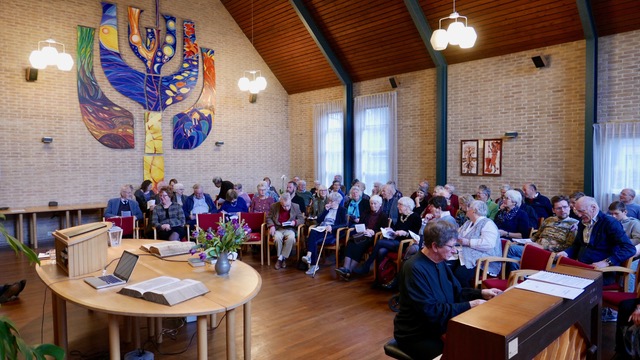-
Alfred Neufeld
23 July 1955–24 June 2020 Mennonite World Conference (MWC) lost Alfred Neufeld Friesen, a prolific author, theologian, historian and teacher who shaped Anabaptist theology globally. He died 24 June 2020 in Muenster, Germany, after treatment for liver cancer and kidney problems. “Alfred Neufeld had a zest for life, friendship, and for our global
-
Peace Sunday letter 2020
19 June 2020 Dear brothers and sisters in Christ, Greetings to you in the name of our Lord Jesus Christ, our Prince of Peace! We write to invite you and your congregation to observe Peace Sunday together with brothers and sisters in the global Anabaptist church family on 20 September 2020. Accompanying this letter, we
-
MWC Global Church Sharing Fund responds to pandemic needs
Instead of being a great leveller, the COVID-19 pandemic is exposing pre-existing systemic inequalities that benefit some and disadvantage others. How can the Anabaptist family respond? Mennonite World Conference has invited Anabaptist mission and service agencies to coordinate their financial response to COVID-19 hardships experienced especially by under-resourced member churches around the world. Pre-conditions in parts of Africa,
-
Jesus Christ: Our Only Hope
Right now, the planet is in a panic about a strange disease: COVID-19. The World Health Organization (WHO) has concluded from its evaluation of COVID-19 that it should be classified as a pandemic. This illness is infecting and killing people regardless of ethnic, linguistic or socio-economic background Tedros Adhanom Ghebreyesus, WHO director-general, has stated that
-
Peace Sunday 2020 – worship resource
Theme When one member suffers, all members suffer: Peace as accompaniment and solidarity If we are interested in embodying God’s peace and justice in this world, what happens to one affects and should also matter to others. Biblical text: 1 Corinthians 12:12–27Ruth 1:1–17Ephesians 4:1–6Galatians 6:1–5 Additional resources in this package Additional resources available online:
-
Jesus Christ: our hope
The Bible undergirds human rights “And remember, I am with you always, to the end of the age” (Matthew 28:20). Here in Burkina Faso, we have been confronted with terrorist attacks for more than four years. It is an inexplicable situation, because even though the attacks are recurring, no one has claimed responsibility. Faced with
-
Solidarity with a Mennonite church at a crossroad
From 1–8 December 2019, a joint delegation from Mennonite World Conference’s Peace Commission and Deacons Commission visited three Mennonite churches in Hong Kong, other denominations and also some educational institutions to offer solidarity and to respond to the request for further perspectives on Anabaptist peacemaking. The delegation members included Peace Commission Chair and Coffee for Peace founder Joji Pantoja,
-
“A peace that passes all understanding”
Sermon notes for Peace Sunday Background to the Letter The Writer This is a profound letter written by Paul. Rarely do we take the time to think about the conditions under which this letter was written in Philippi, but it is important to analyze the context of the author a bit in order to understand

